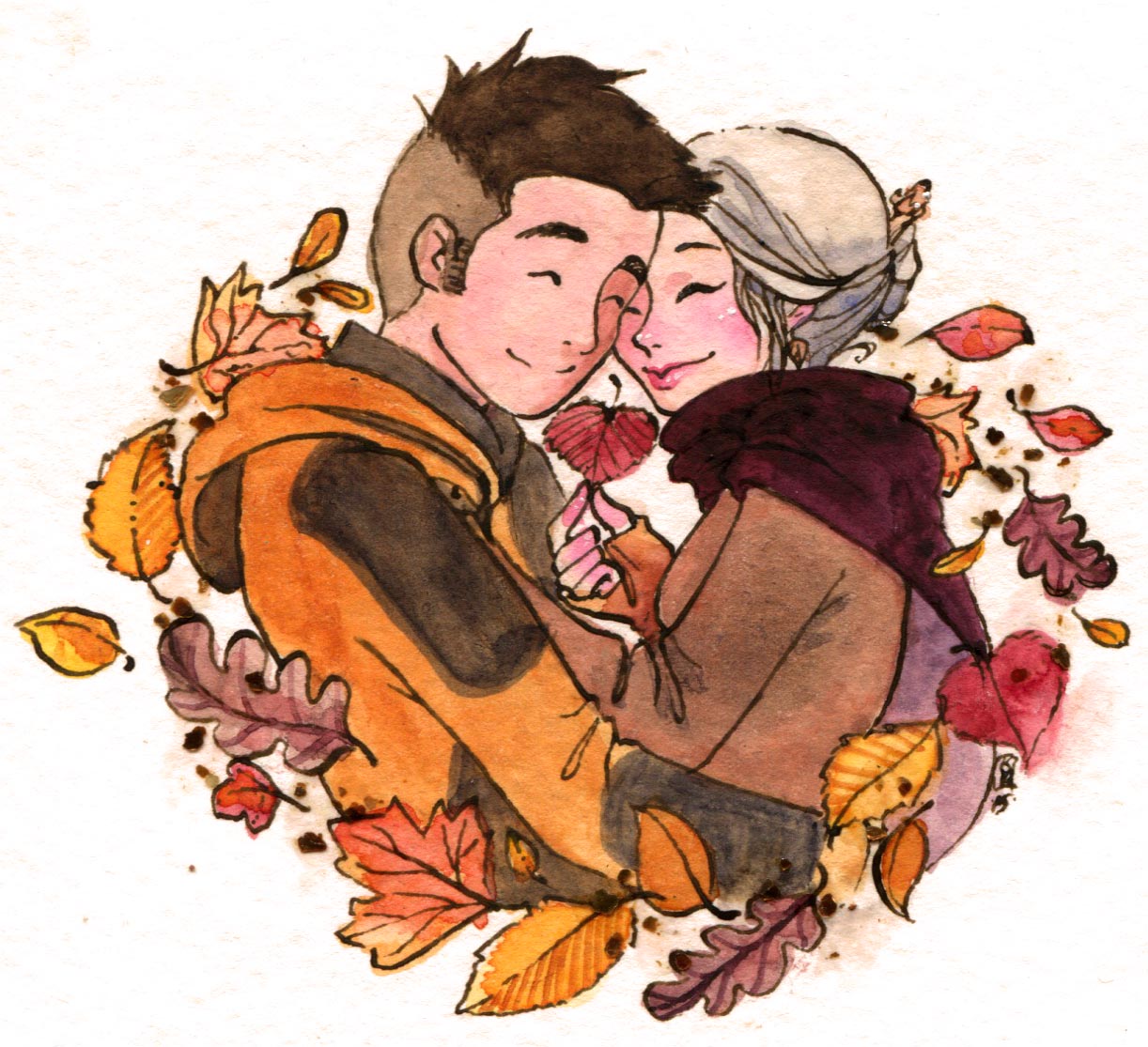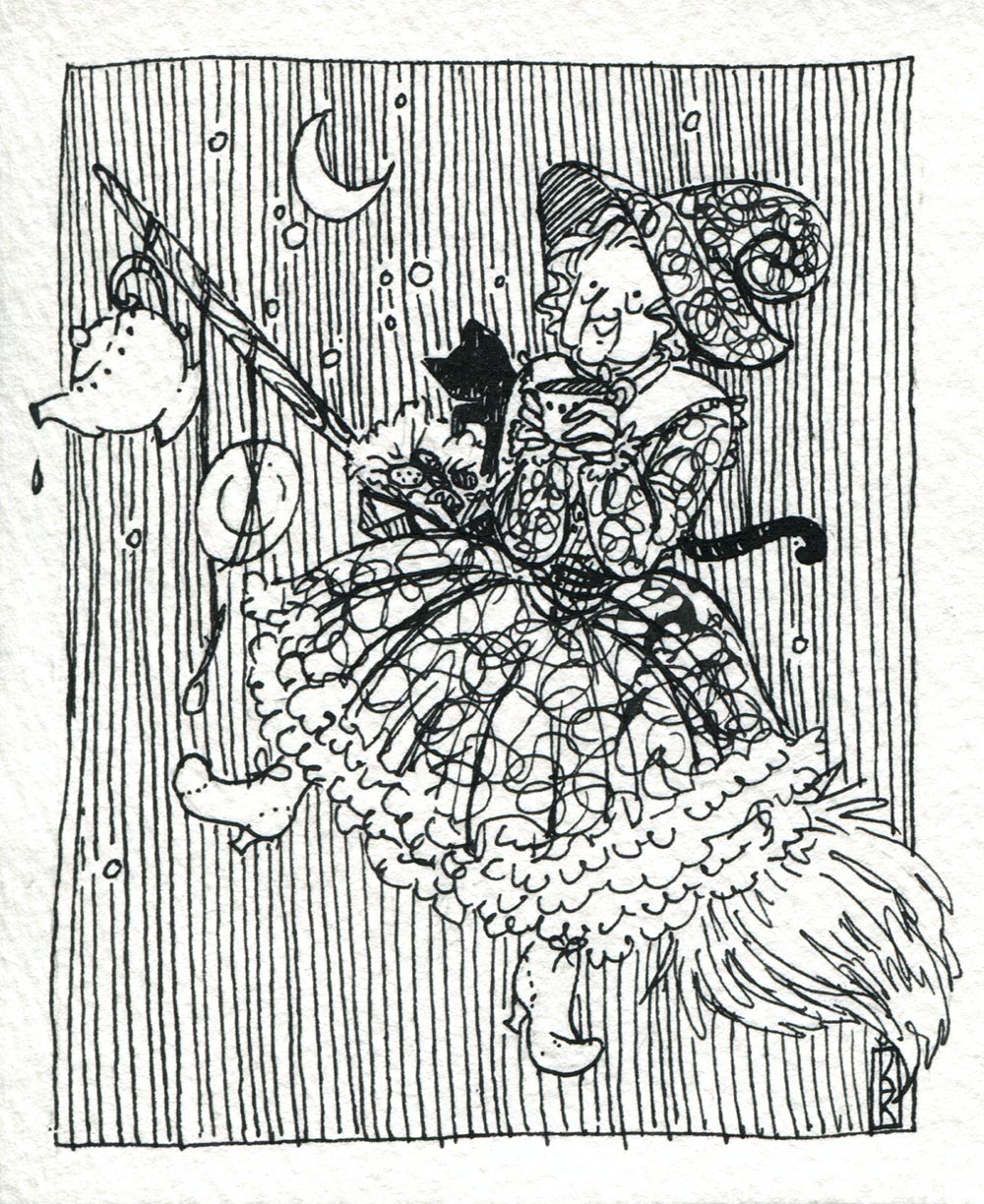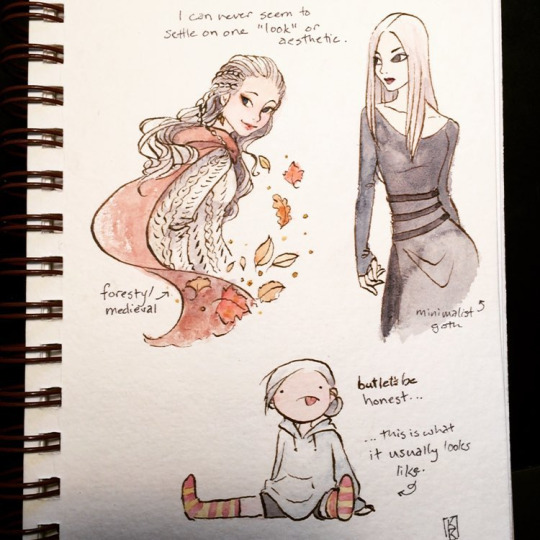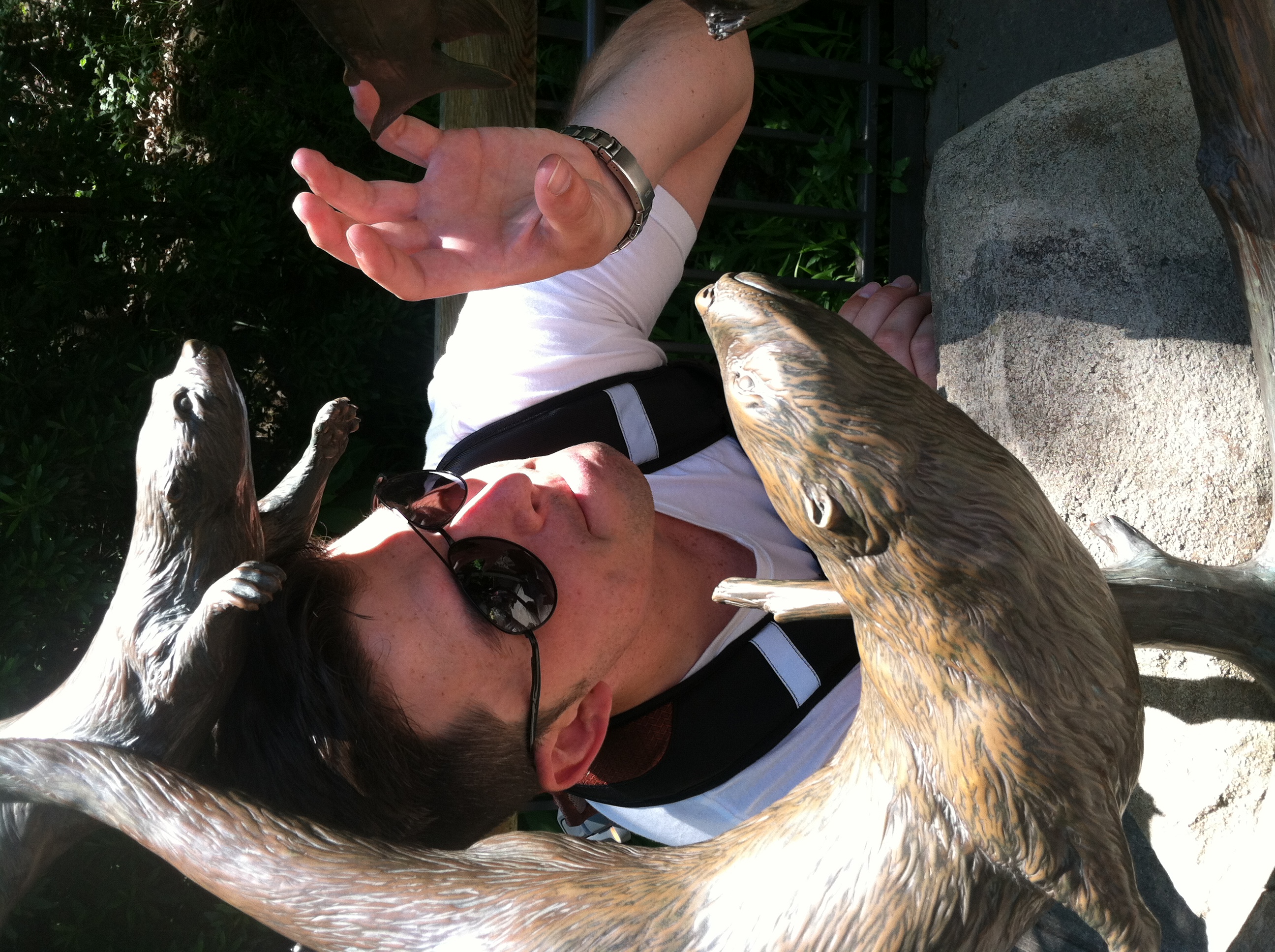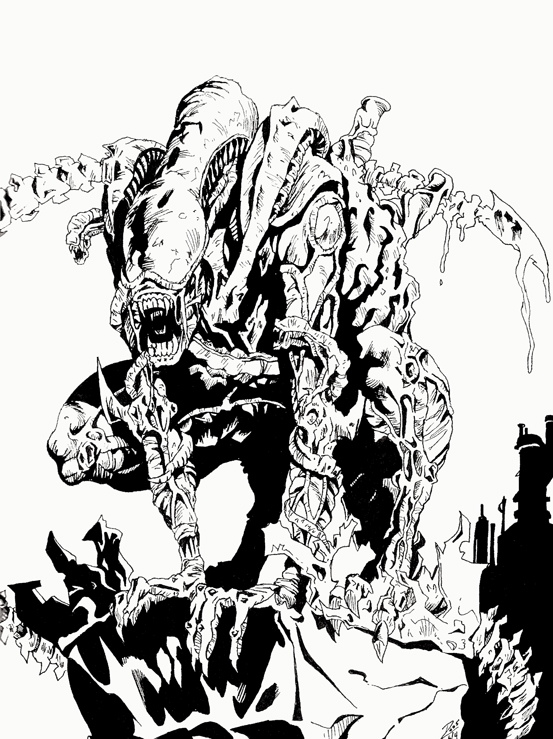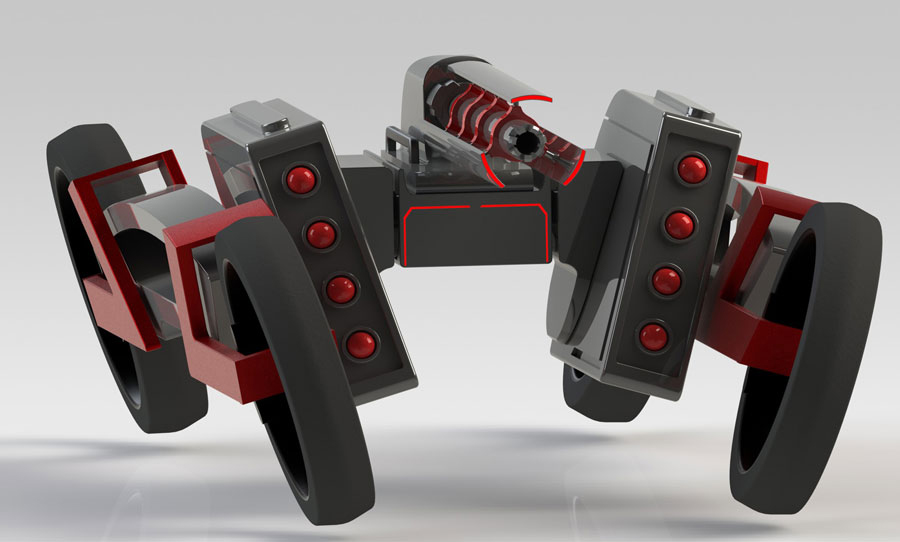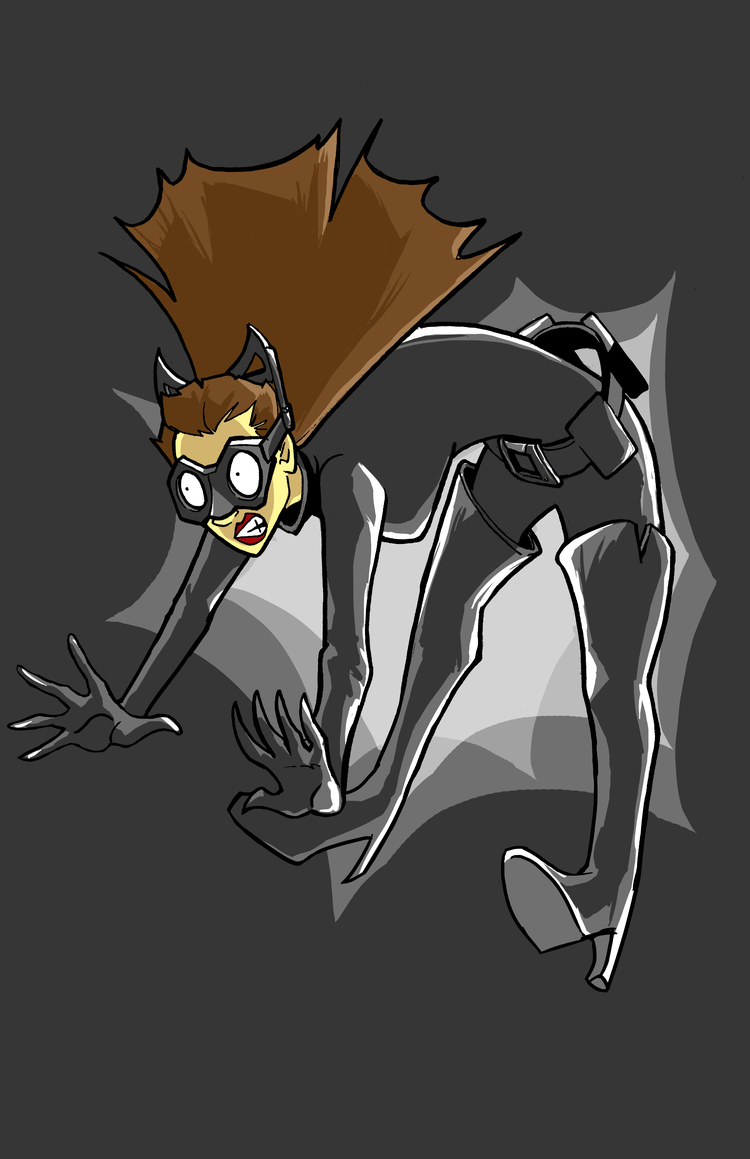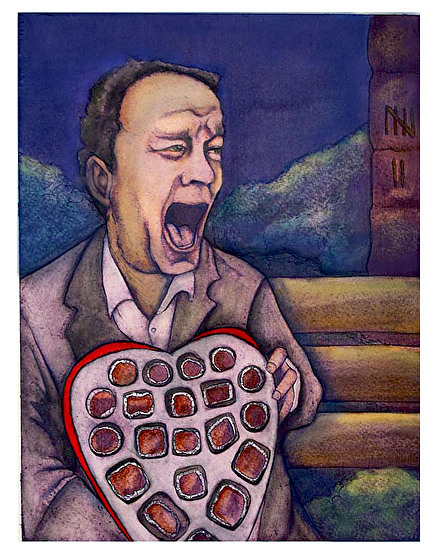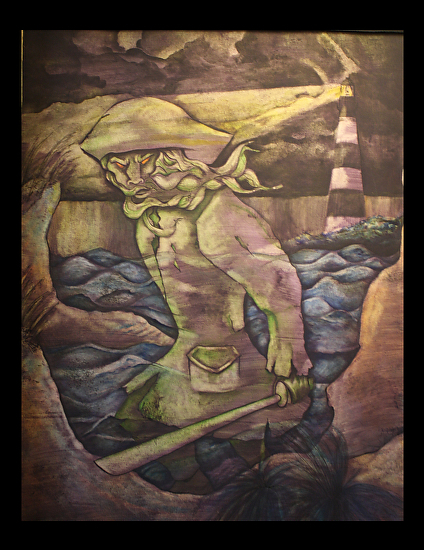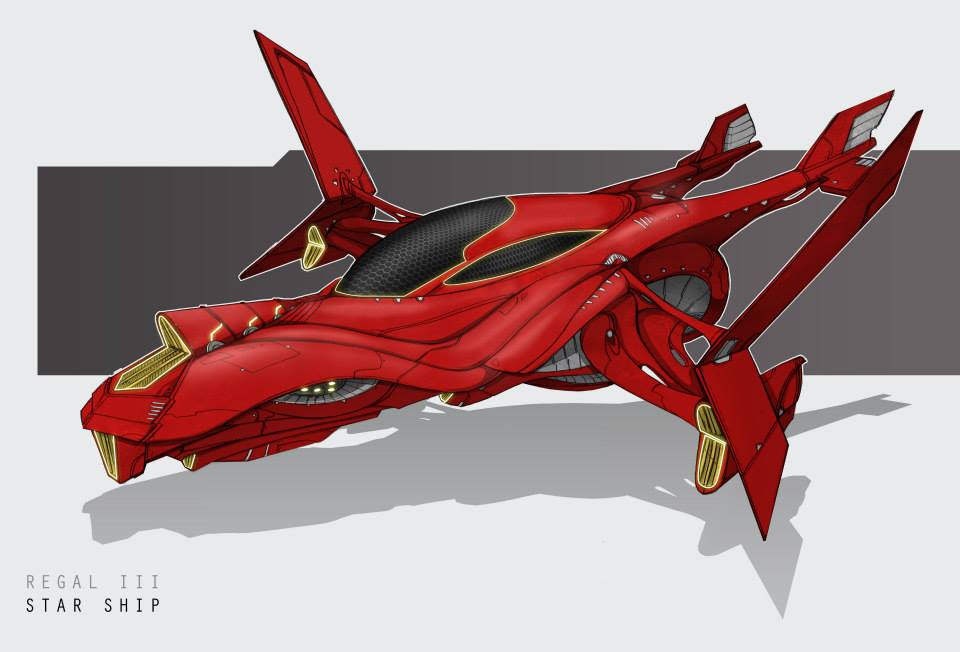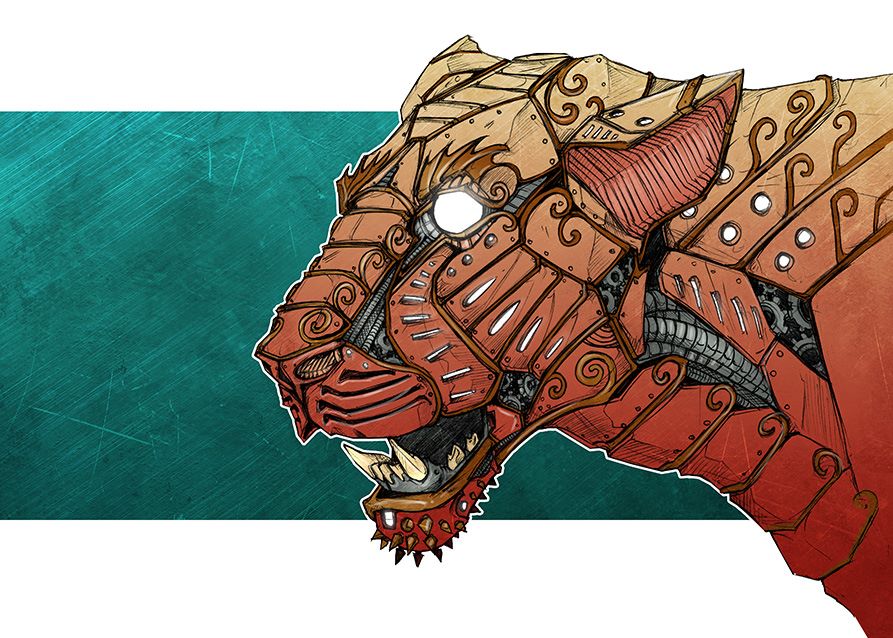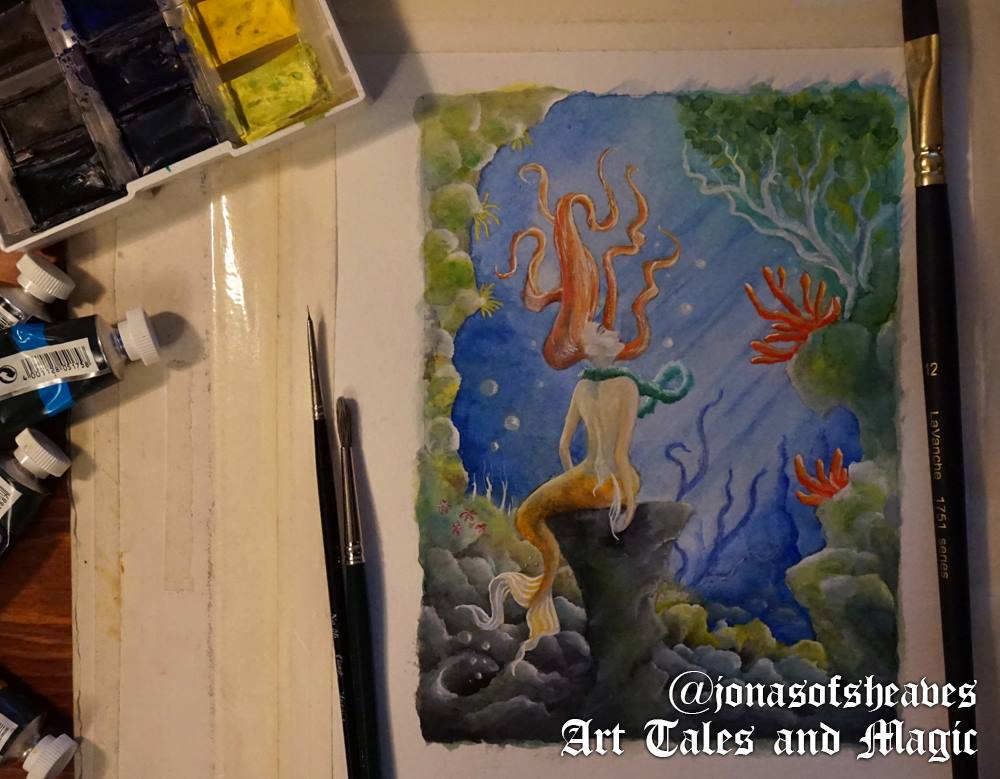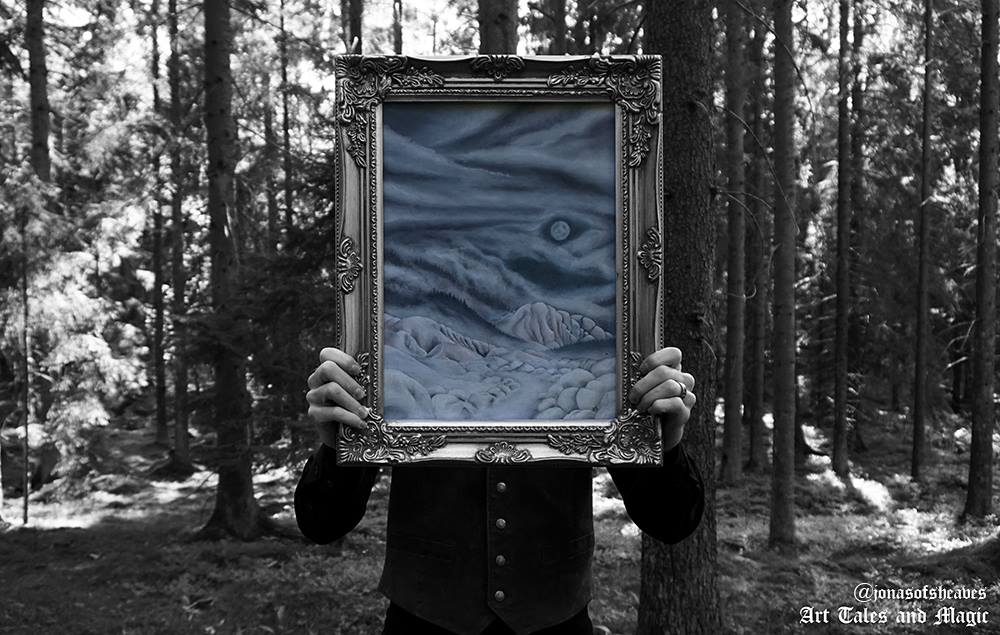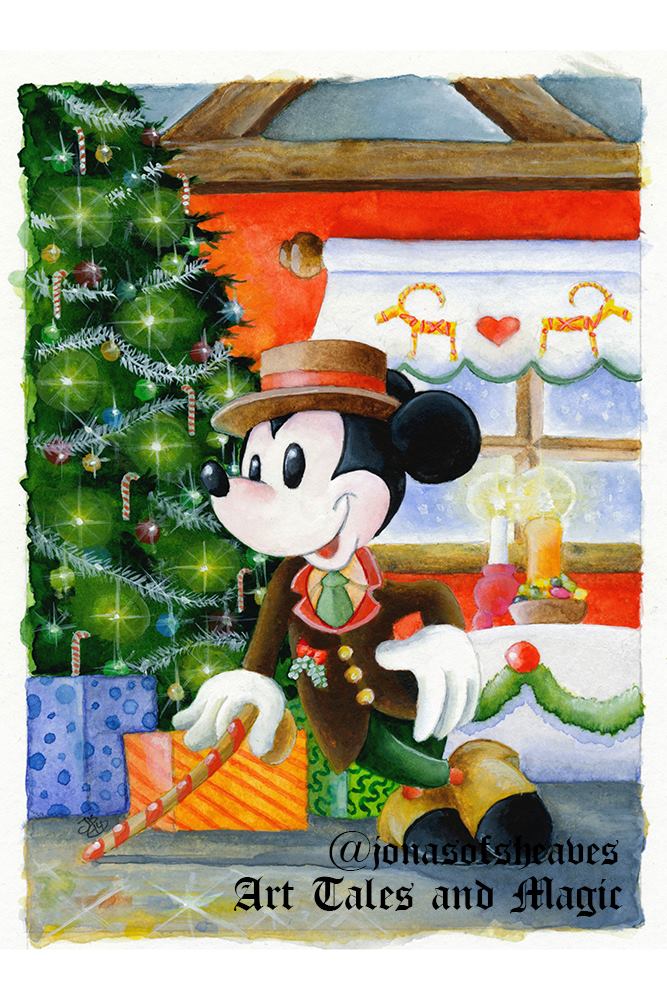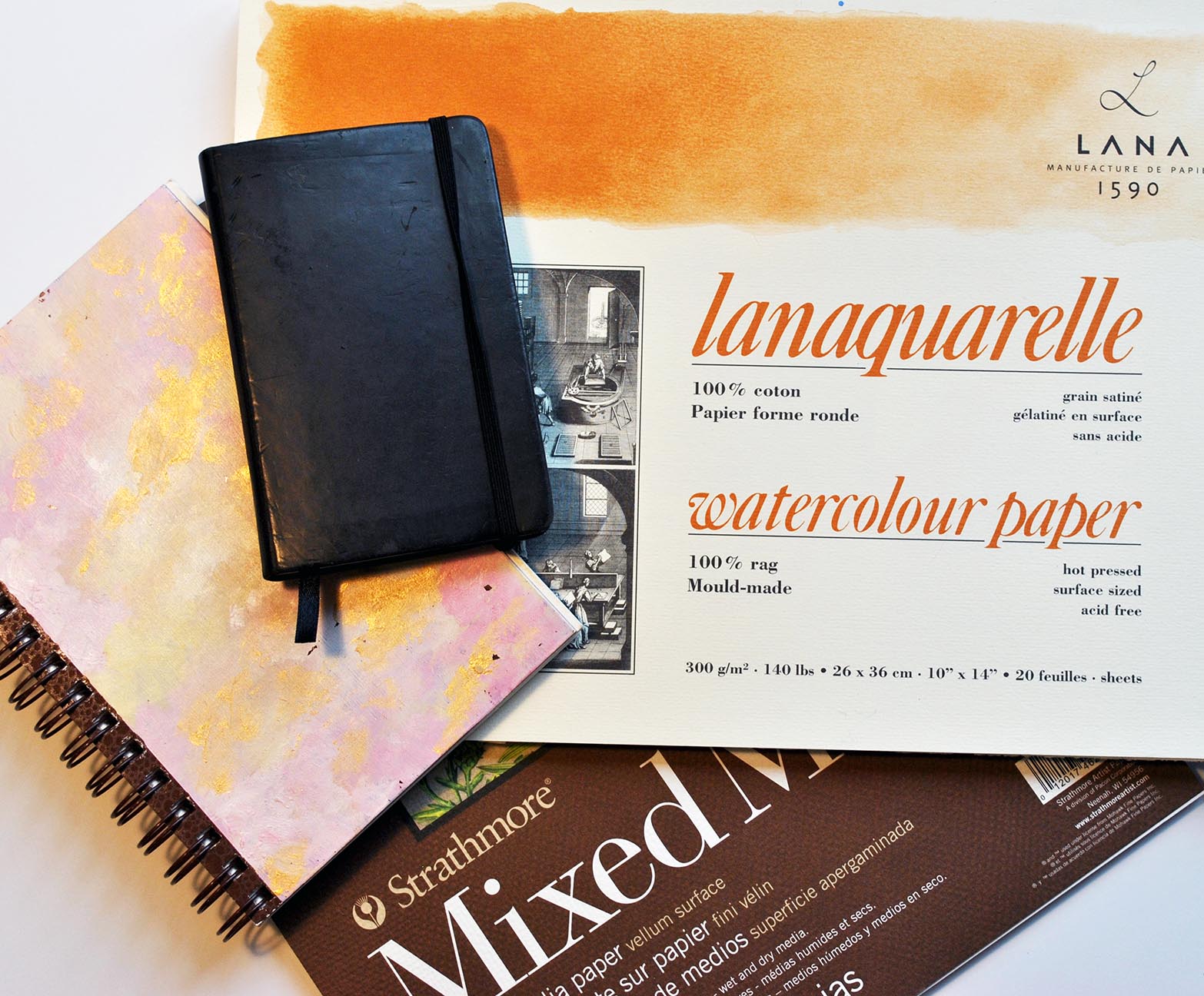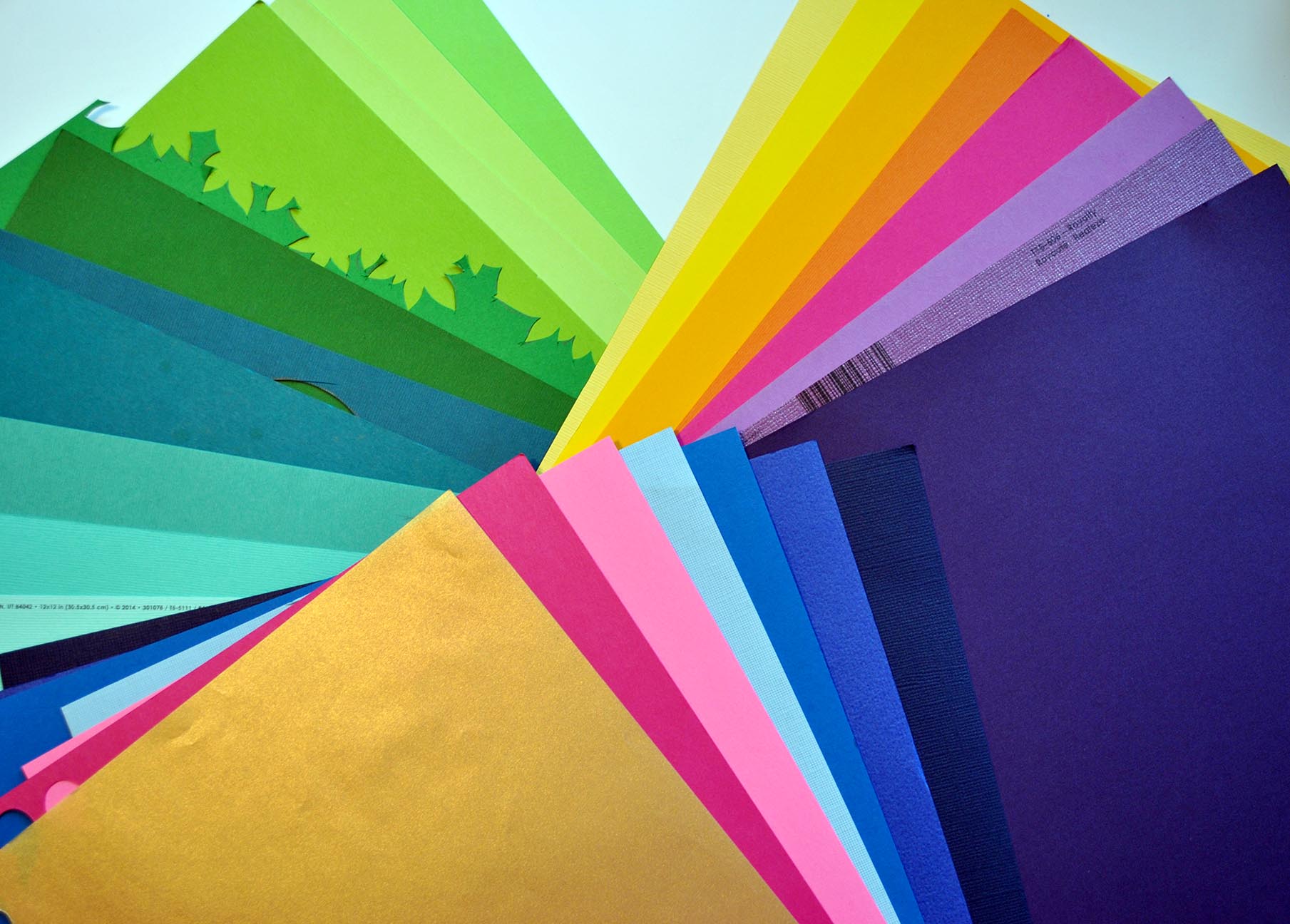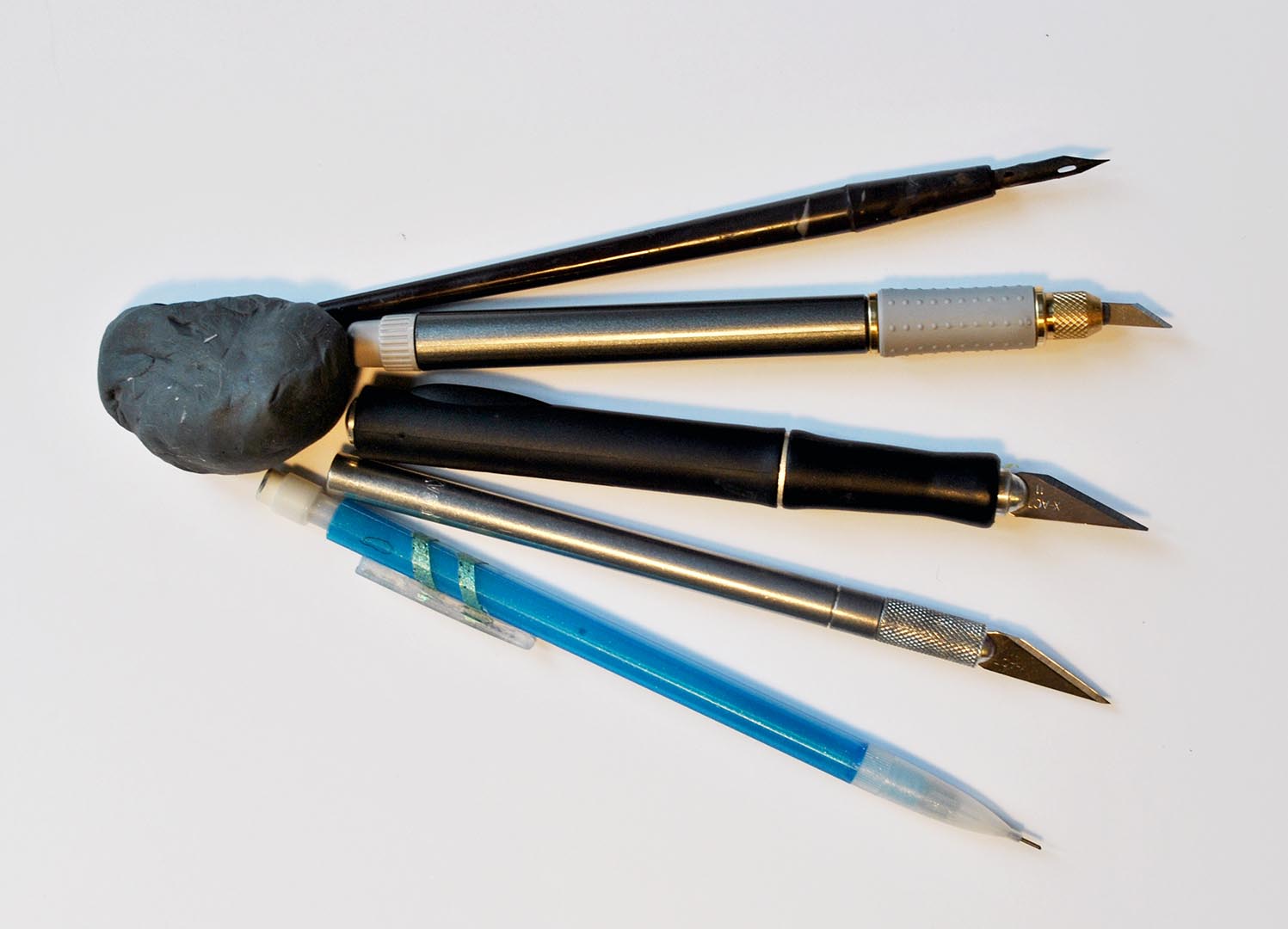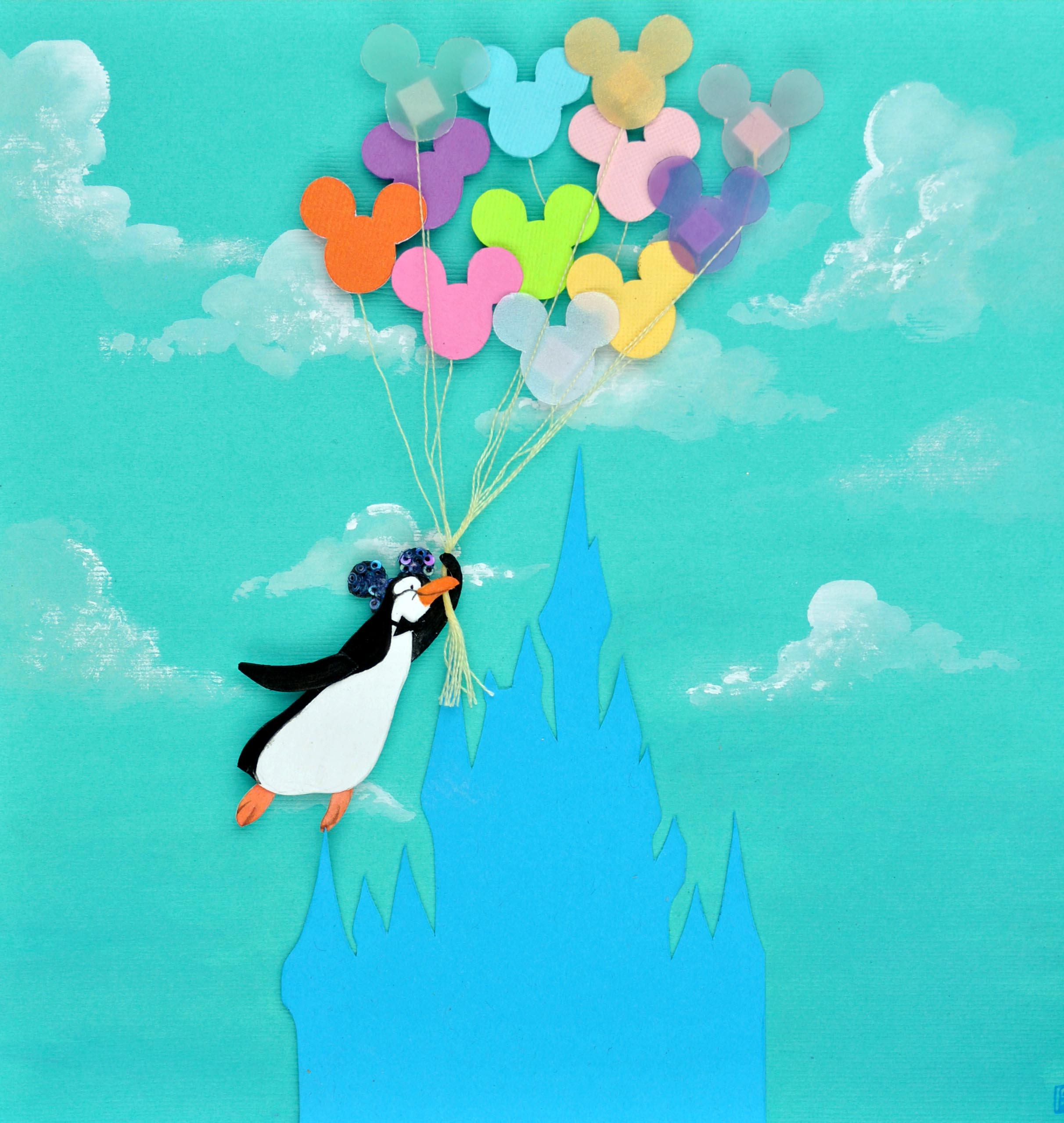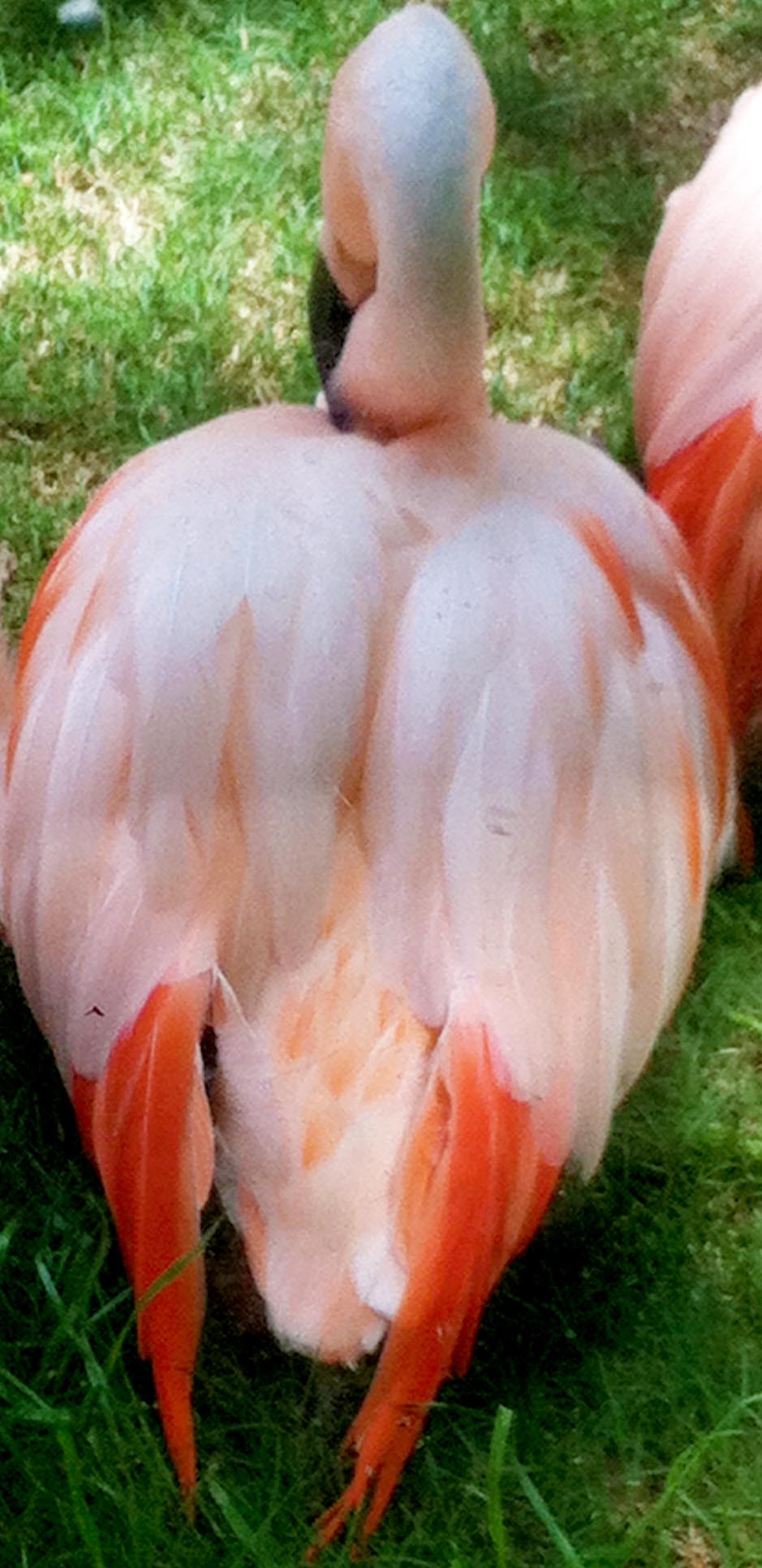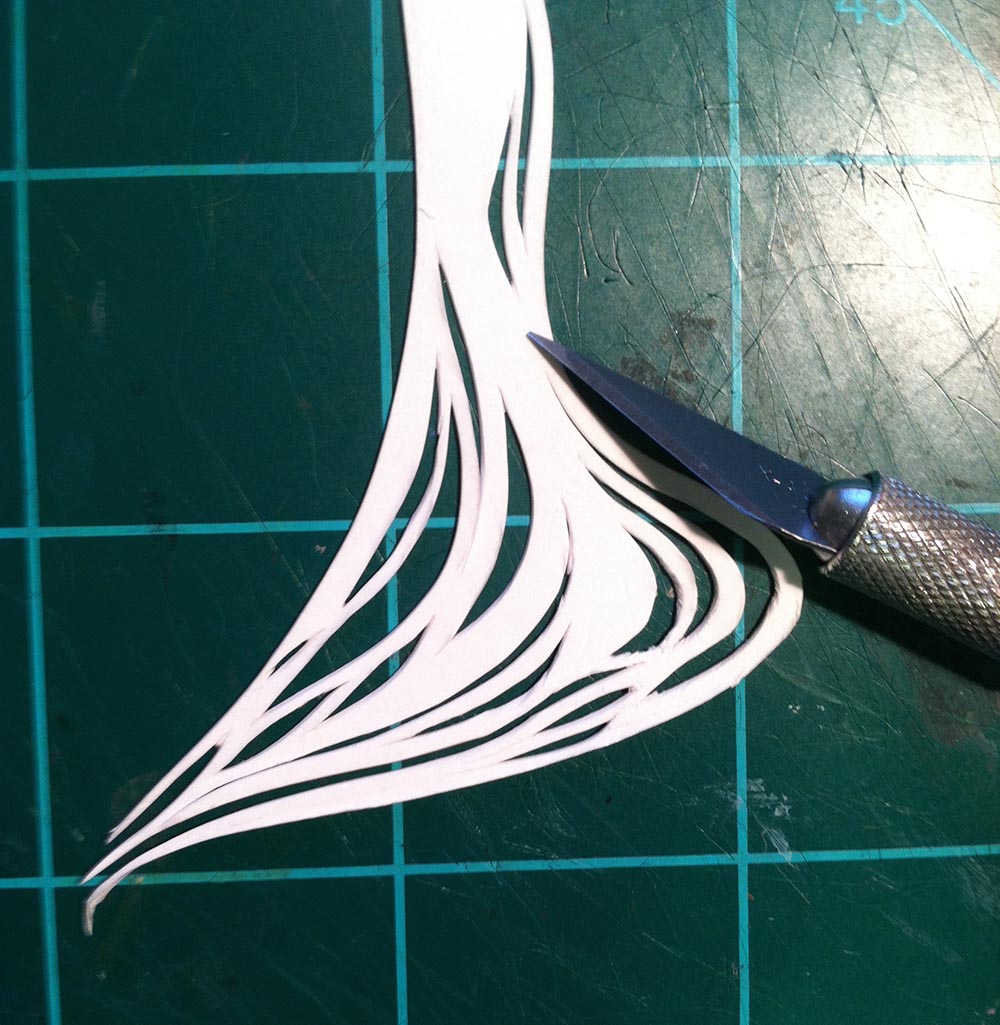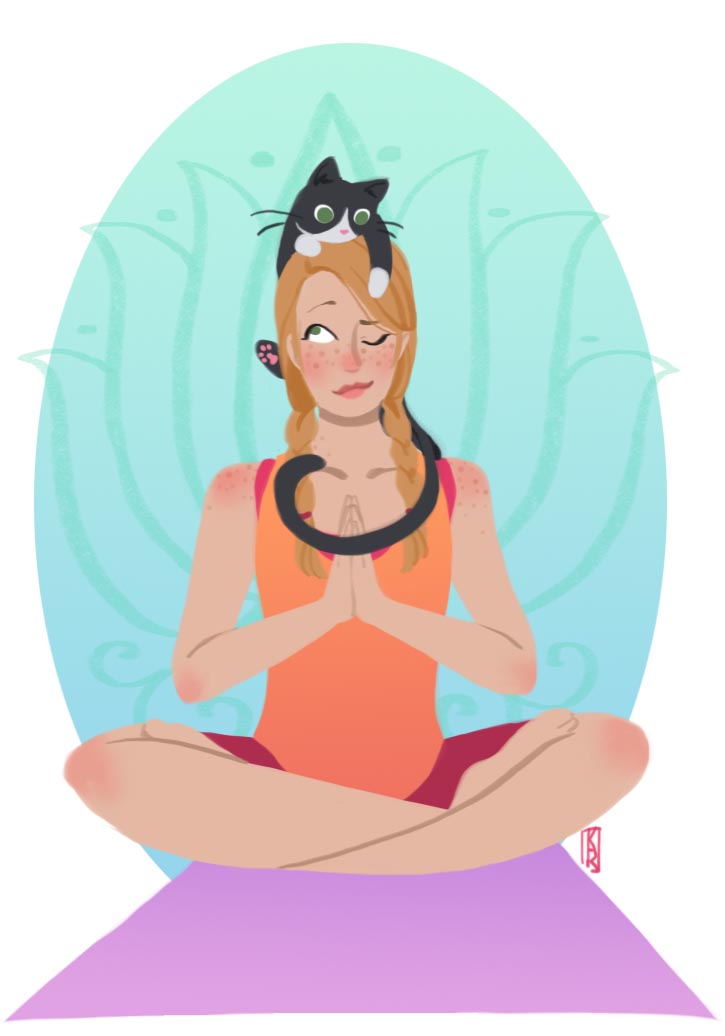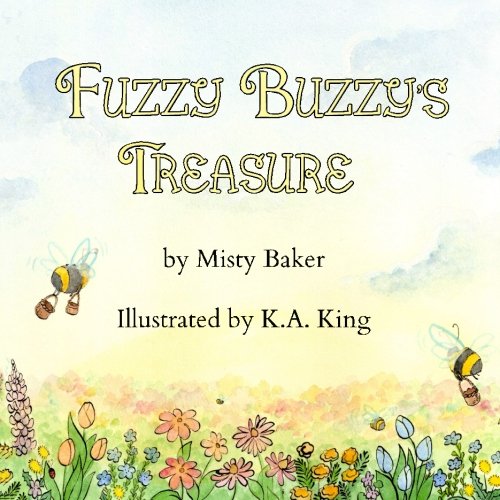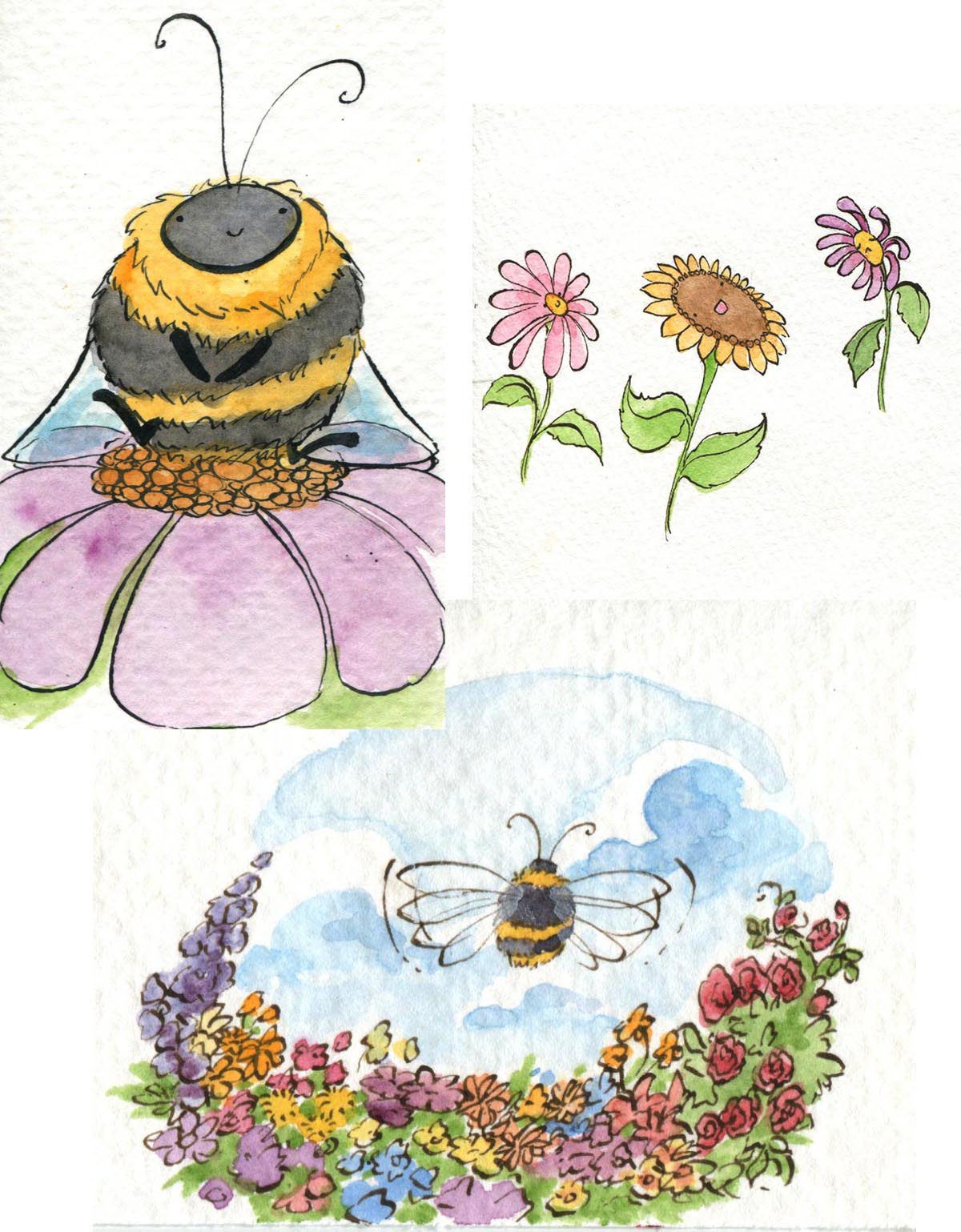On the Importance of Breaks (and actually taking them)
I will be the first to admit that I'm something of a workaholic. Okay, I'm a terrible workaholic. I have great passion and drive for what I do, which, most of the time, is a good thing, but every now and then, I have to force myself to take a break. A real break, not a "oh, I'll just work on this other project for a while" break. What defines a "real break," you ask? Well, the answer differs for everyone, but for me it means 1. I'm away from my desk/computer 2. I'm not checking my email and 3. I'm not doing any painting/drawing/doodling/papercutting/etc. Now the first two are easy enough to achieve (and partially explain my love of travel), but that third one's the kicker. And wait, shouldn't artists always be drawing, every day working to improve their craft?
Art, like many things in life, is all about opportunity cost. Put simply, opportunity cost is when you say "yes" to one thing, what else are you saying "no" to? For instance, if I say "yes" to doing an hour-long watercolor study of something, I might be saying no to a walk outside, a nap, baking bread, etc. So while I believe that it's good to try to hone your skills everyday, I also believe it's good to just take a day off now and then. In the long run, taking care of yourself and your creativity are more important than, say, working on your proficiency in graphite. Your art should be something you enjoy doing, so be gentle with yourself and with your creative energies.
Taking breaks and engaging in non-artistic creative activities is also good for your brain. They help you to think in different ways, to alter your perspective, or maybe give you a new approach to problem solving. And hey, you never know when inspiration may strike! Maybe during the dodge ball tournament with your friends, you'll see a guy with the craziest face and that will give you an idea for a new character or story. Or maybe working on a fun puzzle will help alter the way you connect ideas/colors/etc. Personally, I really enjoy word puzzles, like crosswords or scrambles. They let me use a different part of my brain and let the visual/creative parts rest a bit.
One of my favorite ways to take a break and let myself recharge is to read. I'm a voracious reader and will read just about anything I can get my hands on. So when I'm feeling worn out from work, I'll pick up whatever's currently on my nightstand: James Joyce, Brian Jacques (anyone else grow up reading Redwall?), D. H. Lawrence, medieval German epics, Kenneth Graham (Wind in the Willows is one of my very favorites), or any number of children's books. Reading, unlike watching TV or movies, helps fuel your imagination and expand your horizons, and besides that, how wonderful is it to slip away to another world for a while?
No matter how busy you are, there is always time to take a break and take care of yourself.

